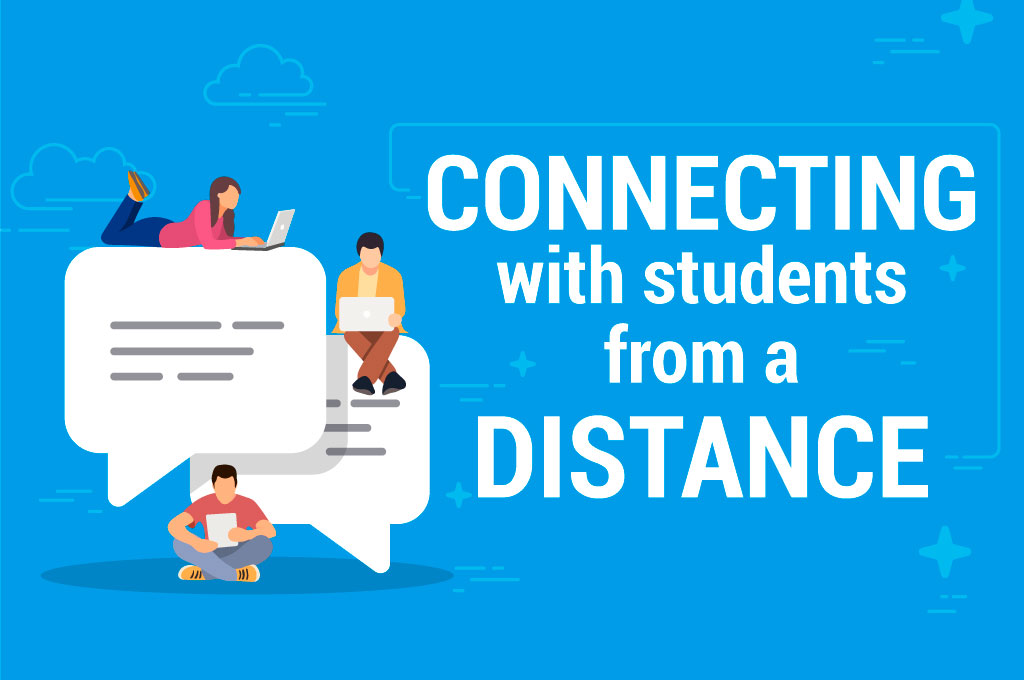
Building and fostering a strong community is essential in a virtual learning classroom. Without the ease of daily face-to-face interaction, the online teacher develops community by creating opportunities for learner-teacher and learner-learner interactions that are conducive to active learning.
To successfully build community and enhance the virtual classroom experience, the following are important strategies to consider.
- Communication and Feedback
In a recent research study published by the Michigan Virtual Learning Research Institute, experienced online teachers reported that using timely communication in various forms and feedback tailored to the individual student were ways in which they built relationships with their students. Whether using email, phone calls, or text messaging responding promptly to student’s requests or questions is crucial. Like communication, personalized and targeted feedback strengthens student relationships. Good feedback allows students to understand what they did wrong, make corrections and increase the development of their skills.
- Engagement
Facilitating meaningful engagement in learning activities promotes community as well as learner success. Welcoming students to their online course, setting expectations, modeling engagement and providing students with diverse content media and resources are all strategies for engaging learners. The faculty and staff at Northern Illinois University provide tips on how to increase engagement, “Students can interact with each other through discussion forums, blogs or other collaboration tools.”
Go the extra mile for students so they truly relate to the content and course. Teachers should emphasize the key course concepts and challenge students to improve their work, using feedback and communicating directly with students creating a solid class foundation.
- Appealing to Students’ Interests
Michigan Virtual Learning Research Institute highlights the importance of appealing to students’ interests, noting, “Teachers reported strategies such as surveying students on their interests, encouraging them to share about themselves on discussion boards, and learning about student interests as a way to connect.”
One teacher participating in Michigan’s study stated, “I speak to students on the phone, and I try to find a common ground to relate to them other than the course such as their sport, activity, or interest. I email students and encourage them. I use the reminder app to motivate students. I post congrats on announcements with first names of students who completed a specific assignment or who have worked to complete assignments.”
When building connections with students, effective communication, timely feedback, engaging learning activities, and appealing to students’ interests are important strategies for a strong foundation of community within the classroom.

